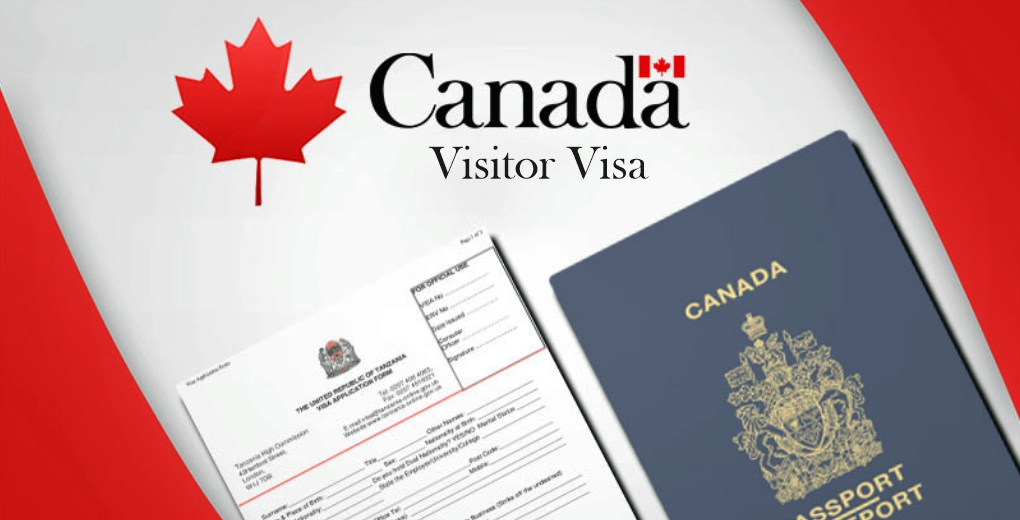Changes in Canada Visitor Visa Will Be based on 3 Purposes After May 2025

The Canadian government confirms that most international travelers still need a Visitor Visa. This is also known as a Temporary Resident Visa or TRV. It is required to enter Canada. This includes many passport holders who plan to:
-
- Travel for tourism or family visits Attend short-term courses or conferences
- Transit through Canada to another destination
Best vacation packages
What Is a Visitor Visa?
A Visitor Visa is a document placed in your passport to show you meet Canada’s entry requirements. Visa officers may issue a single-entry or a multiple-entry visa. These visas are usually valid up to 10 years, or until your passport or biometric data expires—whichever comes first.
How Long Can You Stay in Canada on TRV after May 2025?
- Default Stay: Most visitors can remain in Canada for up to 6 months per entry.
- Custom Duration: A border services officer may allow a longer or shorter stay. This will be noted in your passport or in a Visitor Record.
- No Stamp? If there’s no stamp in your passport, you’re authorized to stay for 6 months from your arrival date. Your stay is also valid until the earliest expiry date of either your passport or biometrics.
- Super Visa Exception: Super visa holders entering after June 22, 2023, are permitted a 5-year stay per entry.
Check Before You Apply – eTA or Visitor Visa?
Don’t rush into applying for a visitor visa! Canada reminds travelers to confirm which entry document is needed. Your need depends on:
- Your nationality
- The type of travel document (e.g., regular or diplomatic passport)
- The issuing country
- Mode of travel (air, land, or sea)
Some travelers only need an eTA (Electronic Travel Authorization) when arriving by air. Others must apply for a full visitor visa—even just to transit through a Canadian airport.

